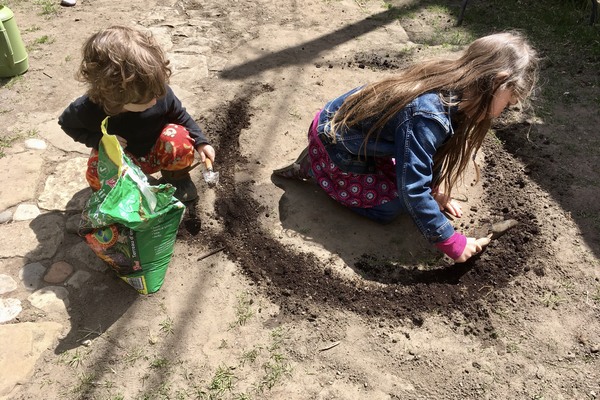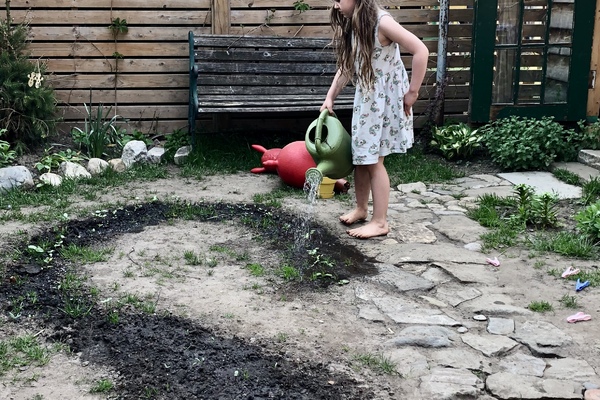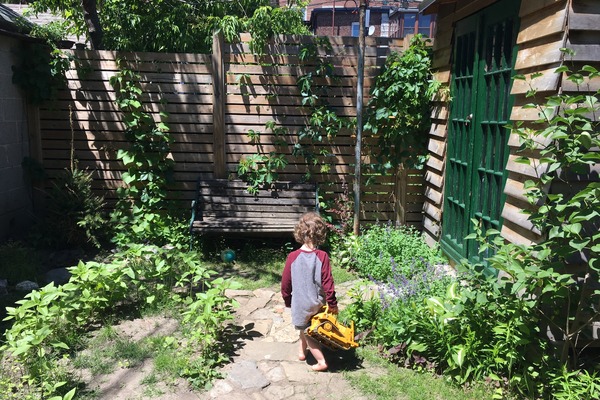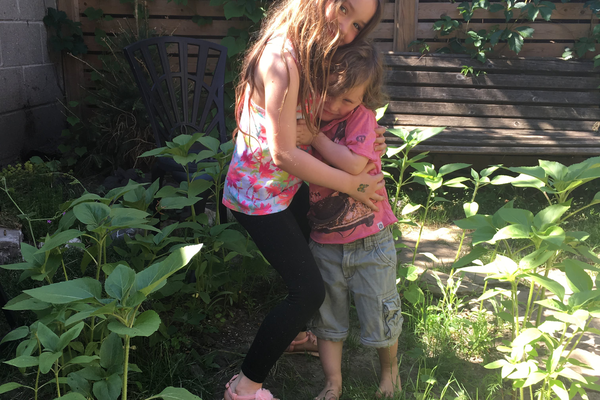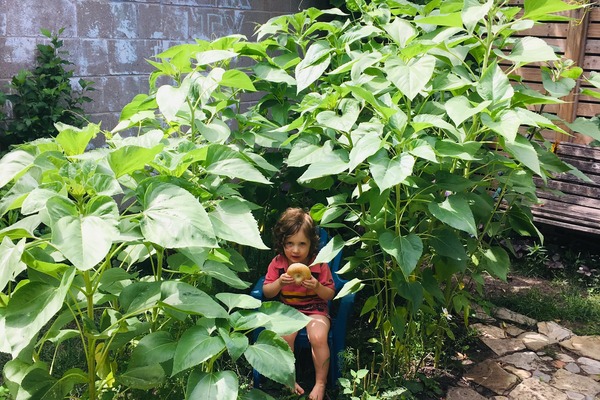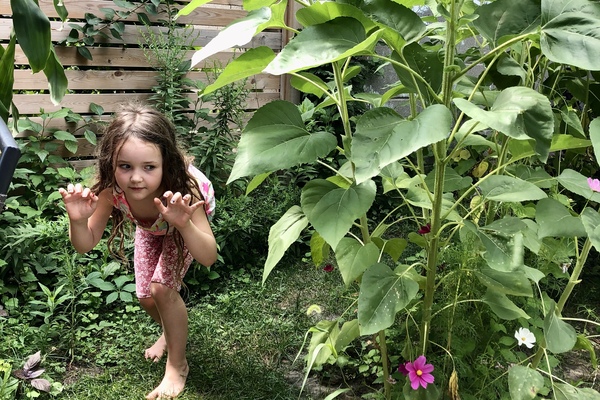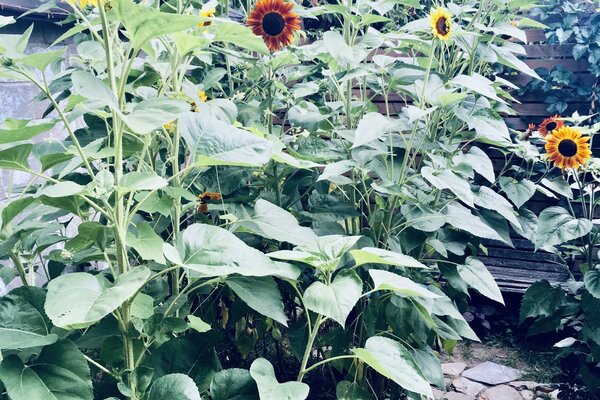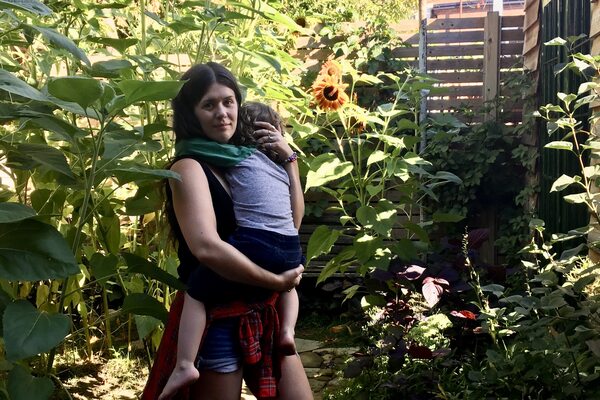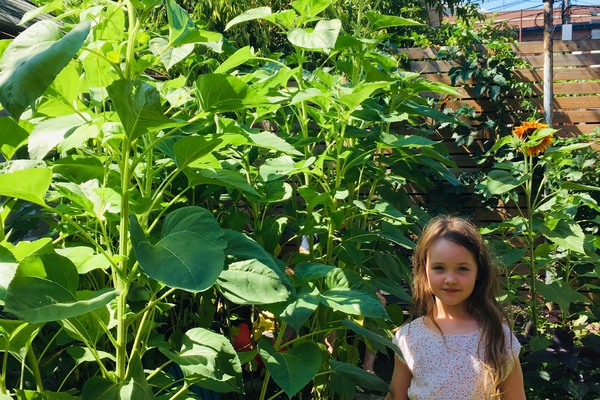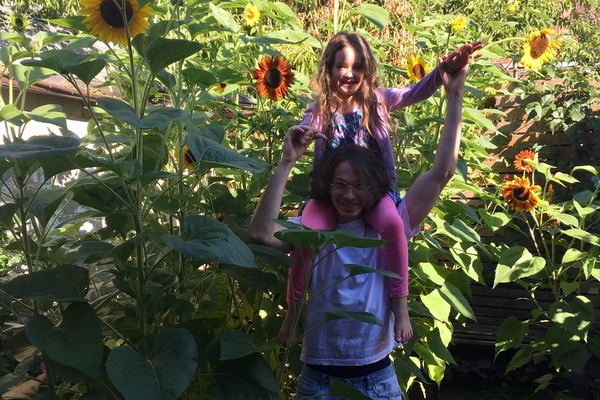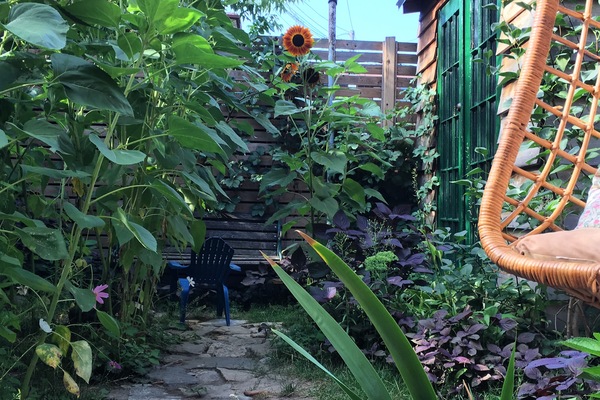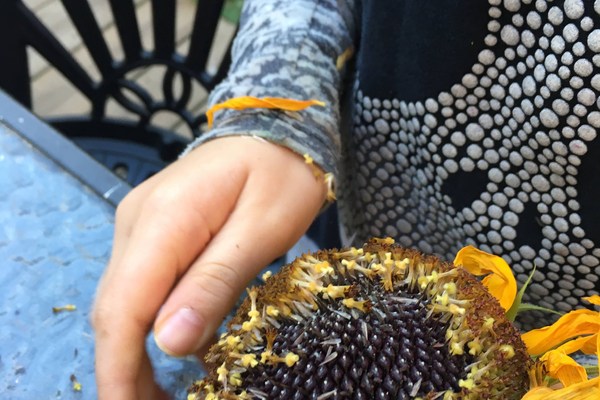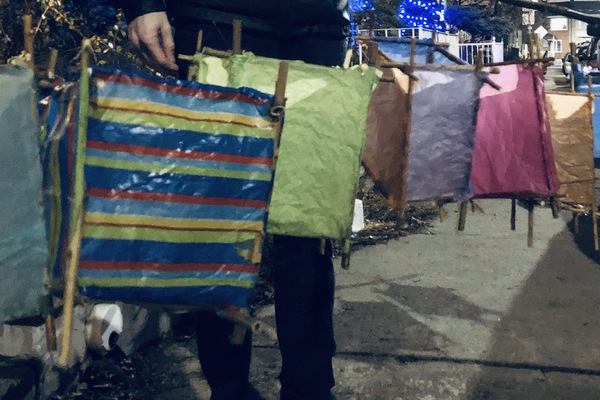While We Wait...
A new column by Desiree Proveau, our resident arts and crafts connoisseur, with future contributions from other Mirvish staffers, about what we’re doing offstage while we wait for the theatres to reopen.
It was last year around this time that I was about a month into lockdown 1.0, with two small children, wondering how I was going to survive being cooped up in my house with a small backyard that had seen better days.
We had planted grass at one point but it slowly turned to mud and as the snow thawed we were left with a patch of dust, broken toys, and some old building materials left over from a recent renovation. The kids built an obstacle course and dug a large hole which kept them entertained but I couldn’t shake the feeling that, if I didn’t do something soon, I’d be consigned to spending my summer in this scrapyard.
While a dystopian hellscape was actually fairly on trend for the year 2020, it was a delight nonetheless when, during a virtual class with my first-grader, we were struck with inspiration while reading a story about a girl who grew a sunflower hut. A sunflower hut is a small circular structure made out of sunflowers of different sizes, with wildflowers filling in the gaps. As the sunflowers grow tall they begin to bend into one another, creating a roof of flowers. We were intrigued. We had a sunny spot and a bag of top soil from last year — all we needed now were the seeds.
And so, armed with a small bottle of coveted hand sanitizer, a face mask, rubber gloves and my bicycle, I set off on my mission to procure what we hoped would salvage our “yard” sufficiently for a summer of isolation. I purchased a couple of varieties of sunflower seeds and some mixed wildflowers from Urban Harvest. Then we followed the directions given in the story and dug a flower bed shaped like a semicircle. We planted our seeds, and within a couple of weeks started to see sprouts. The kids were thrilled about this, and came out every morning with their little watering cans to inspect the new growth.
The sprouts quickly grew — and grew — into a beautiful little ring of green to which the children promptly added a table and chairs to have their midday snacks. While the sunflowers grew, so did our other annuals and soon our backyard wasn’t looking so sad.
When the province allowed us to bubble with another family we went to my parents farm for a little over a month; when we returned, our yard had turned into a jungle! We had bees and butterflies and flowers towering over us. Soon we were feeding the squirrels too and we laughed as we watched them climb the stalks that would bend and break, leaving them hanging on for dear life. We’d grown more than just a sunflower hut here; we had, inadvertently, created a tiny ecosystem. It was somewhere we could play all day, our small escape from the uncertainties of the world around us.
When the flowers began to droop and the outer leaves yellowed, we harvested our seeds. When it got cold we cut down the stalks and later used them to build frames for paper lanterns that we delivered to our neighbours on the winter solstice.
We have enough seeds to grow many more sunflower huts this year, so I think we might spread the cheer in some unexpected places around our neighbourhood.
The world around us continues to be filled with uncertainty but rewilding our little piece of it gives me a sense of optimism that is revitalizing after my daily doom scroll.
- 1. Choose a sunny spot and dig a garden in the shape of a semicircle with a small opening for an entrance.
- 2. Purchase a variety of sunflower seeds and pollinator friendly wildflower seeds. Pay attention to the expected height of the sunflowers as there are many varieties that grow to different heights. Also, be sure the seeds are neonicotinoid-free to protect bees from damaging pesticides.
- 3. Once the threat of frost has passed, sew sunflower seeds directly in the soil one inch deep and four inches apart.
- 4. Scatter wildflower seeds throughout and cover lightly with a layer of soil.
- 5. Water well, being careful not to disturb your seeds.
- 6. Continue to water daily until established and then only when the soil is feeling extra dry.
- 7. Once your stalks have grown high and start to lean you can direct them into the centre to make a roof for your house or just let them be free like we did.
- 8. You can harvest your seeds once the outer leaves begin to yellow. Be sure to save your stalks as they can be useful for making things like lanterns or garden trellises next year!
Happy Planting! Let’s rewild our backyards!




